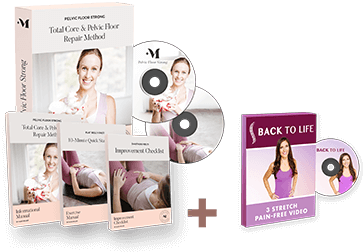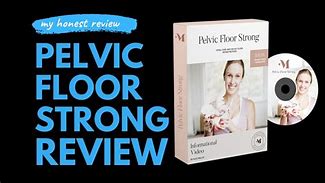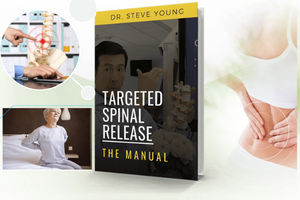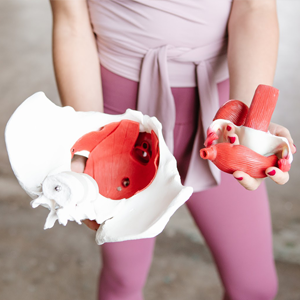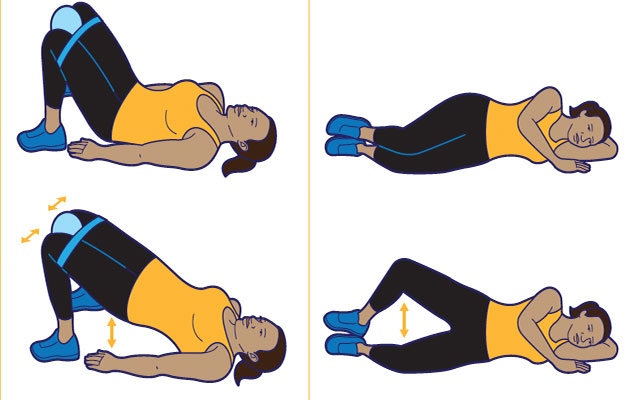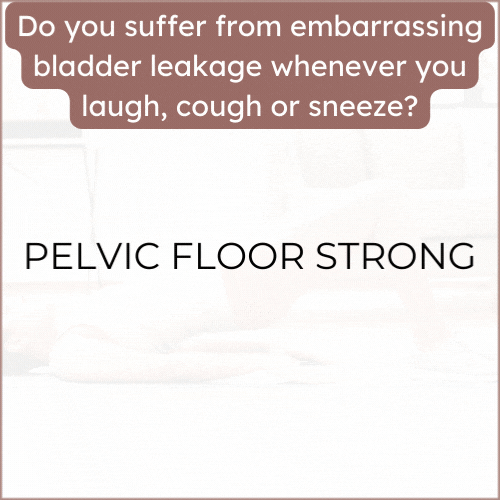6 Tips Can Reduce Urinary Incontinence In Women Over 35
Urinary incontinence is a common issue for women over 35, but there are several strategies to manage and reduce it:
- Fluid Management: Keep your fluid intake on a schedule, and limit intake after 6 p.m. to reduce nighttime voiding and incontinence. Aim for 40–60 ounces of total fluid per day. Avoid bladder irritants such as caffeine, alcohol, and high-citrus content drinks, which can worsen symptoms.
- Regular Toileting: Plan regular toileting attempts every two to three hours during the day. This helps prevent your bladder from becoming too full, reducing the urgency to find a restroom.
- Pelvic Floor Exercises: Strengthening the pelvic floor muscles through Kegel exercises can significantly reduce urinary incontinence by up to 90%.
- Dietary Considerations: Maintain a diet rich in fiber and proper hydration to prevent constipation, which can increase pressure on the bladder. A healthy elimination pattern helps the bladder fill and empty effectively.
- Fluid Intake Diary: Keep a bladder diary to record your fluid intake, toileting pattern, and leakage instances. This can provide valuable insights into your condition and guide improvements.
- Lifestyle Modifications: Consider lifestyle changes such as avoiding bladder irritants, like caffeinated beverages, and planning toileting breaks when needed. These simple strategies can enhance bladder control and overall quality of life.








